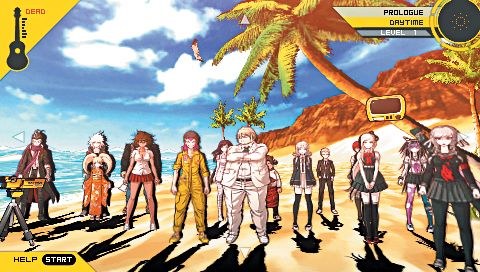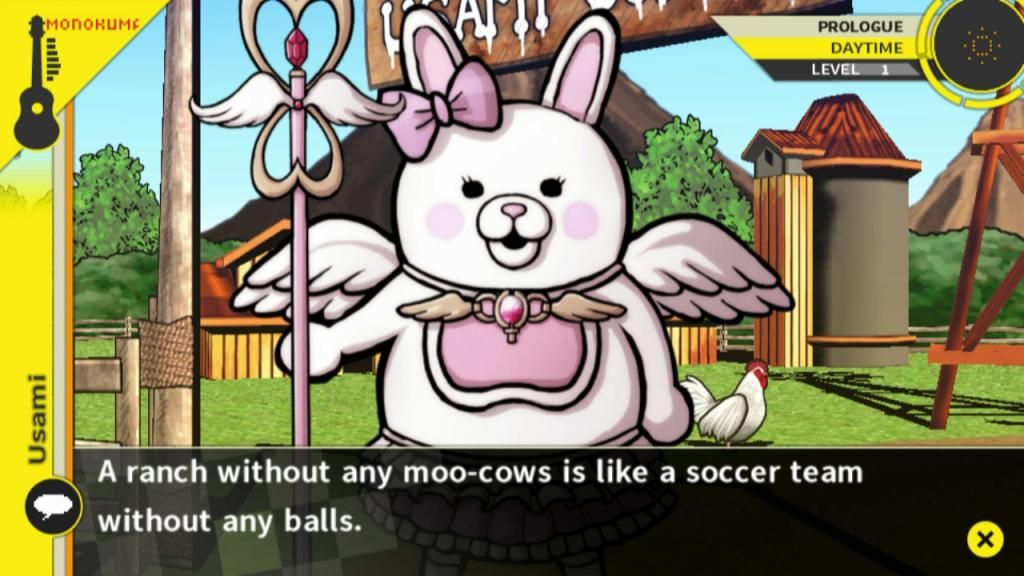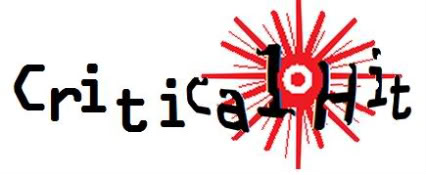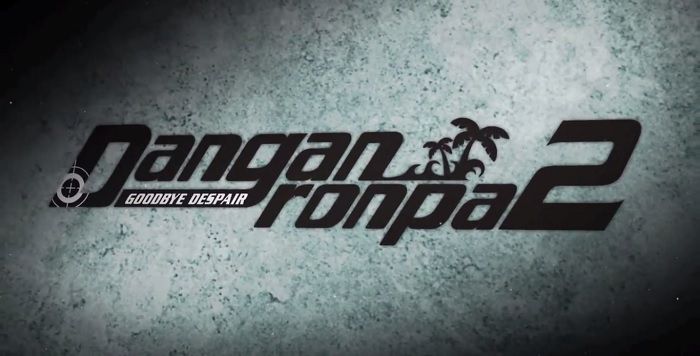- Format: Vita
- Unleashed: Out Now
- Publisher: NIS America/Reef Entertainment
- Developer: Spike Chunsoft
- Players: 1
- Site: http://nisamerica.com/games/danganronpa2/
Danganronpa was a frustratingly under-publicised gem; easily one of the best games that the Vita has to offer, it somehow combined an army of familiar elements to create an utterly absorbing, addictive, and unique experience. We’re pleased to report that the sequel is more witty, more intelligent, more surprising, more generous, more… Danganronpa.
Danganronpa 2: Goodbye Despair can be understood and enjoyed in isolation, but we strongly recommend playing the first game (our review of which is here) in order to get the most out of it. For the benefit of the uninitiated: these games are ‘visual novels’, meaning that they each contain hours upon hours of dialogue accompanied by static images (which change on a fairly regular basis). Although you’re often allowed to walk around, traditional videogame elements are the exception rather than the rule.
The first game is used as a template for most of the story. That means that a bunch of high school students – yourself included – find themselves stuck in a mysterious environment, with some important memories missing (but don’t let that fool you in terms of the writing quality). It’s soon made clear that their only hope of escape is for the students to start killing each other. Kill somebody without being discovered through the subsequent trial and vote, and you ‘graduate’ with everybody else dying; get caught, and you are ‘punished’, with everybody else living another day, waiting for the next murder to occur.
It could be argued that the motives revealed for each killing in the prequel evoked more pathos but, that aside, pretty much everything is improved upon here. Neither better nor worse is Monokuma; the mysterious, murderous, sadistic bear with a jet-black sense of humour somehow orchestrating the whole desperate situation. He is in fact quite easily one of gaming’s best villains, destined to stay with you long after you’ve finished either game. Exactly how and why he does what he does is tied up better here than it was in the first game, too.

As the character designs suggest, plenty of manga/anime cliches are present; but none define the game.
In a visual novel writing is everything and, fortunately, there’s a fantastic script at work here. There may be several typing errors dotted throughout the on-screen text of the game as a whole (more noticeable, perhaps, if you opt for the original Japanese voice track), but that’s easily forgiven. Easily forgiven because the game can be laugh-out-loud funny, horrifying, sad, remarkably intelligent, or utterly surprising – often all in the same chapter. The most noticeable improvement in writing is in the murder cases themselves. It’s true in the first game that working out who the next victim will be is almost impossible, and the next murderer more difficult still. It’s here even harder to find out who the murderer is even after all the evidence has been gathered, and the details of exactly how each murder took place are never quite as simple as it may initially seem.
The more ‘game-y’ parts have been expanded and improved, too. The ‘investigation’ part of each chapter is still much more akin to a hidden object game than a point-and-click adventure, but the minigames during each Class Trial have been remixed and added to. The use of Truth Bullets – pieces of evidence you ‘shoot’ into highlighted statements – remains largely the same, aside from the fact that you can now agree with statements as well as disprove them. The rhythm minigame previously known as Bullet Time Battle also remains mostly unchanged; now called Panic Time Action, and requiring you to combine four pieces of a final rebuttal in the correct order at the end. Similarly, Hangman’s Gambit (a one-off crossword clue), while largely the same, now piles on the pressure with more chances for error while choosing letters.
Speaking of rebuttals, we now have the Rebuttal Showdown, initiated when somebody interrupts you or refuses to acknowledge your point. This demands that you look, act, and think quickly. You need to use your limited number of Cuts to literally slice through your opponent’s words before it’s too late, while also being careful not to accidentally dispel the statement you need to counter which, in turn, can only be done by selecting and using the correct Truth Bullet from your stock. All this time you also need to read/listen to what’s being said if you want to win.
Finally there’s another brand new addition, the most like a ‘normal’ videogame – Logic Dive. When the trial calls for a realisation with no evidence to immediately support it, you’ll enter a racecourse with a vaguely Tron-like aesthetic where you’ll race, jump, and swerve round obstacles between questions you answer by choosing the path associated with your answer of choice. It sounds like a terrible addition – but it works really well, and slots into the surreal atmosphere perfectly.

The very much non-violent aspect of building relationships returns, too. As well as revealing small parts of characters’ backstories, getting close to your fellow students will help unlock perks useful during the Class Trial too. As you can never be sure who’s going to kill or be killed next, you may find your friend of choice is suddenly dropped from the game just as you were close to completing the relationship path – or, even worse, your favourite character/s may turn out to be a killer, and you just won’t want to admit it…
Danganronpa 2 is a gripping adventure that you’ll gladly plunge hours of your life at a time into; and when the final chapter completely knocks you off balance, you’ll love every second of it, hungrier than ever to find out exactly what the hell is going on. Only then will you see that carefully placed clues were disguised as typically obtuse anime storytelling. Throw in three brilliant unlockables giving you yet more hours of entertainment beyond the main story, and this is one great reason to hold on to your Vita. And not just because Rick Astley is among the horde of throwaway pop culture references within.










Comments